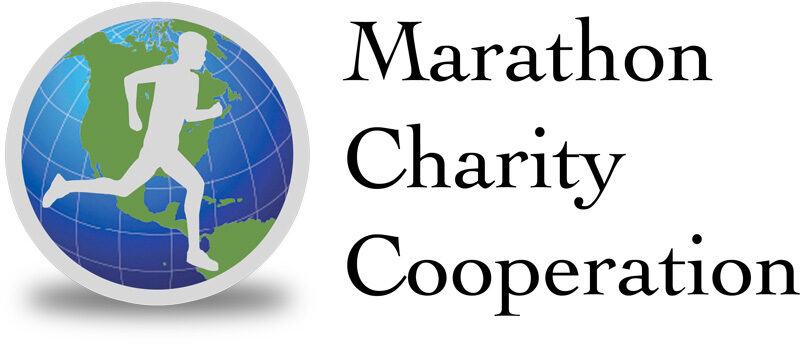By Alan Peppard, M.S., P.T.
American Running Clinic Advisor
Running & FitNews ®
American Running Association
Spring is here and you’re ready to really cover some miles. No more ice and snow and miserable winds to hold you back. Watch out though. All the beautiful weather in the world won’t make up for being grounded by overuse injuries. Follow these guidelines to reduce your risk of running yourself into the ground.
Maximizing running performance requires you to improve conditioning by overloading–slightly surpassing present functioning levels–both the cardiovascular and the musculoskeletal systems. However, excessive overload exceeds the body’s ability to adapt to the increased stress and overuse injury will occur. Therefore, you must be very cautious in selecting an appropriate overload, one which will provide optimal conditioning without producing injury.
Cardiovascular Vs Mulculoskeletal Conditioning
Perceived exertion (how hard the exercise session feels) is determined by the status of the cardiovascular system or how fit you are. Since the cardiovascular system improves at a faster rate than the musculoskeletal system, reliance on perceived exertion to determine your workouts can cause you to overstress the bones, joints, tendons, ligaments, and muscles. Limit your increases in both intensity and duration of your conditioning program to no more than ten percent per week. This gives the body time to adapt to the stress provided by exercise.
Hard Day, Easy Day
Maximum gains in conditioning are obtained when appropriate rest is provided along with exercise, which enables the tissues to adapt and increase in functioning. Inadequate rest increases the probability of sustaining an injury. An intense workout should be followed by a light workout the next day. During the race season, a race should be considered a hard day. Depending on the intensity and duration of the race, additional easy days may be required. Always remember that your body makes gains in strength and endurance during recovery. If you don’t provide time for recovery, the body can break down.
Recognize the Symptoms of Overuse Injuries
Overuse injuries can be prevented if you are familiar with the progression of injury, and you modify your workout prior to the onset of injury. Overuse injuries usually progress through stages, which include:
Benevolent pain is good pain that is a normal result of overload within a conditioning program. This type of pain is present after activity, but is absent by the time of the next day’s practice or is relieved by warm-up.
Semi-harmful pain indicates that you are starting to get in trouble. Semi-harmful pain is pain that is partially relieved by warm-up. It is present during activity but performance is not noticeably reduced. When semi-harmful pain is recognized, your conditioning program should be cut back and the treatment regimen described below should be followed. If the pain lasts more than one week, or is severe, get medical attention.
Harmful pain indicates that you are in trouble. With this type of pain, performance is noticeably reduced and is not relieved by rest. A period of rest and medical attention will likely be required before continuing a conditioning program.
Treatment
Overuse injuries are generally treated by RICE+AR.
Rest-Determine a level of exercise, which produces only benevolent pain, and provides relative rest. This may require complete rest from the exercise program for a few days or possibly cross training with a different sport.
Ice-Apply an ice pack several times a day for about 15 minutes at a time. This is especially important during the first 24 to 48 hours after injury.
Compression-Apply an elastic wrap with comfortably firm pressure during and after ice application. Remove the wrap during sleep.
Elevation-Elevate the injured area above the level of the heart whenever possible.
Anti-inflammatory medication such as aspirin or ibuprofen can be used to assist in the reduction of the inflammation.
Re-condition with stretching and a gradual progression to strength training and gradual return to running. If improvement is not felt in three to five days, seek medical attention to get going with a specific treatment program so that you can return to running injury-free.
American Running Association, empowering adults to get America’s youth moving. For more information or to join ARA, please visit www.americanrunning.org.
Copyright, The American Running Association
